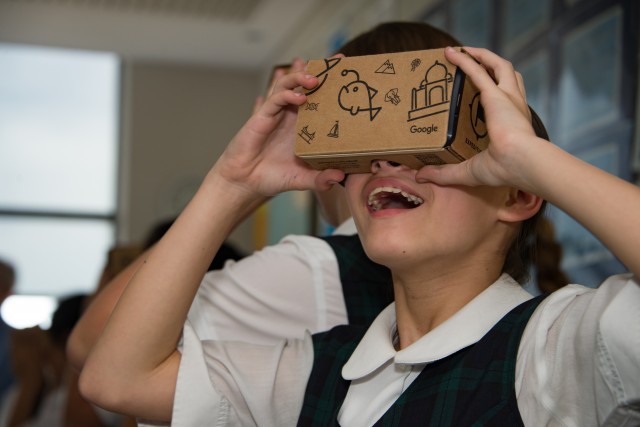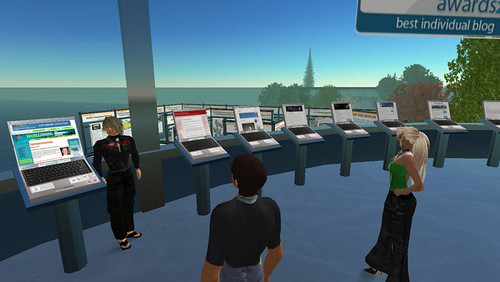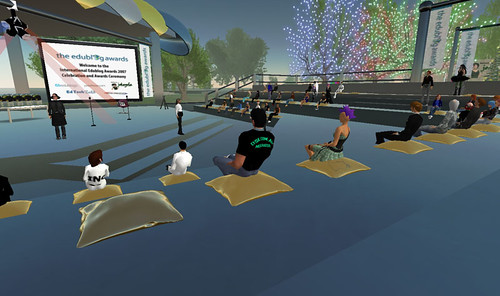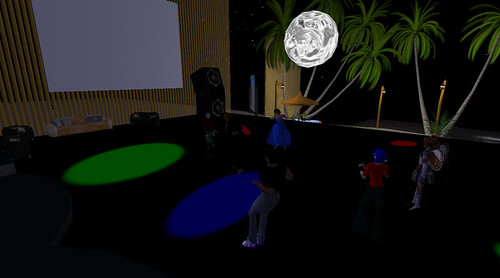Imagine you could visit any place in the world. Where would you go? What would you like to see? What would you hope to experience?
Imagine you are learning about India. Wouldn’t it be wonderful to visit the Taj Mahal and explore its wonders? What if your geography class is learning about coral reefs and could go diving in the Maldives or Hanauma Bay or the Great Barrier Reef to see what it’s like there. What would it be like to visit the South Pole, or Niagara Falls or the Palace of Versailles? There are so many amazing things to see and learn about in our world.
While we would love to take our students on excursions to learn about the things they can’t experience at school, there are obviously many places that are simply too far away, too expensive, too dangerous or too impractical to visit.
Meet Expeditions. Expeditions is a new tool in development from Google that uses the StreetView technology found in Google Maps to take students on virtual field trips to all sorts of exotic and interesting places, all without leaving the classroom. Using a simple and inexpensive viewer made of cardboard, paired with a smartphone and the free Expeditions app, teachers are able to share immersive 3-dimensional, 360-degree panoramic imagery with their students to let them experience some of the incredible places that a school bus simply cannot take them.
Although Expeditions is still in the beta testing stage, students from PLC Sydney were recently invited to take part in a special sneak preview of the technology. Two members of Google’s Australian Expeditions team visited us this week and spent a day sharing some of these amazing virtual field trips with our girls. Guided by the teachers, students in Years 3, 4, 6 and 11 were taken to the top of Mount Fuji in Japan, to Amundsen’s Hut in Antarctica, climbing El Capitan in Yosemite National Park, and feeding sharks off the coast of Miami, to name just a few. The excitement, engagement and enthusiasm of the girls was very obvious. Their reaction as they first looked through the cardboard viewer was one of utter amazement. As they excitedly looked around – up, down, behind them – taking in the full panoramic experience of the location they were virtually visiting, it quickly became apparent just how much impact this technology could have in education. As one of our teachers observed, the girls got to visit and learn about places that they would not have been able to actually go to in person. And as one of our students noted, it makes you realise just how many places there are in the world to learn about.

Looking at the world through a virtual viewer is obviously no replacement for the real thing, but it’s certainly a great option for immersively taking students to places that they may not otherwise get to experience for real, all without leaving the classroom. As a tool for learning, as a starting point for discussion, as a means of provoking conversation and questions, Expeditions is astonishing in its simplicity.
The intent of the Expeditions team is to develop a tool that not only offers an incredibly immersive educational experience, but can be used in schools at minimal cost. Many students already own a smartphone, so by adding a free app and a viewer costing just a few dollars the potential for exploring the world virtually becomes a very real option for schools everywhere.
PLC Sydney was very pleased to have been able to be part of the Google Expeditions Pioneer Program and to be able to offer feedback on its future direction. For more information about Expeditions you can visit https://www.google.com/edu/expeditions/


 I started thinking about this when I read about the recent passing of Olive Riley, a 108 year old woman who regularly wrote on her Blogger account and was known as the
I started thinking about this when I read about the recent passing of Olive Riley, a 108 year old woman who regularly wrote on her Blogger account and was known as the  But that was not my first foray into going online. It was maybe a year prior to that that I’d discovered
But that was not my first foray into going online. It was maybe a year prior to that that I’d discovered  What did intrigue me though was the notice I received to say that the
What did intrigue me though was the notice I received to say that the  The actual awards were held on Sunday morning at 8:30am Sydney time so my SL alter-ego, Outback Outlander, turned up with a handsome new look (thanks to some last minute shopping on Freebie Island) and took my seat at the awards auditorium with a whole lot of other very good looking avatars. The event was hosted by Jeff Lebow, James Farmer and Dave Cormier who did a great job of keeping it all moving along despite a couple of minor hassles with the audio streams. Considering it was being broadcast out to Second Life, UStream and Skype, it was a pretty impressive undertaking. Here are
The actual awards were held on Sunday morning at 8:30am Sydney time so my SL alter-ego, Outback Outlander, turned up with a handsome new look (thanks to some last minute shopping on Freebie Island) and took my seat at the awards auditorium with a whole lot of other very good looking avatars. The event was hosted by Jeff Lebow, James Farmer and Dave Cormier who did a great job of keeping it all moving along despite a couple of minor hassles with the audio streams. Considering it was being broadcast out to Second Life, UStream and Skype, it was a pretty impressive undertaking. Here are  When I told other people I know (who mostly don’t “get” this whole online world thing) that my blogs had been nominated for an award they congratulated me. When I told them the awards ceremony was going to held in a place that existed only inside a computer, populated by people who were represented only by virtual 3D characters, they looked at me as though I was nuts. When I heard people in-world saying that there was an awards after-party on the beach where there would be dancing and drinks, I started to wonder if I was nuts. Dancing and drinks?! C’mon! I mean, in my First Life I’m sitting in my study in front of my computer in my pyjamas on a Sunday morning and in my Second Life I’m heading to a virtual beach to drink virtual cocktails and dance under a virtual mirror ball? … I’m pretty geeky, but that is seriously bizarre stuff!
When I told other people I know (who mostly don’t “get” this whole online world thing) that my blogs had been nominated for an award they congratulated me. When I told them the awards ceremony was going to held in a place that existed only inside a computer, populated by people who were represented only by virtual 3D characters, they looked at me as though I was nuts. When I heard people in-world saying that there was an awards after-party on the beach where there would be dancing and drinks, I started to wonder if I was nuts. Dancing and drinks?! C’mon! I mean, in my First Life I’m sitting in my study in front of my computer in my pyjamas on a Sunday morning and in my Second Life I’m heading to a virtual beach to drink virtual cocktails and dance under a virtual mirror ball? … I’m pretty geeky, but that is seriously bizarre stuff!